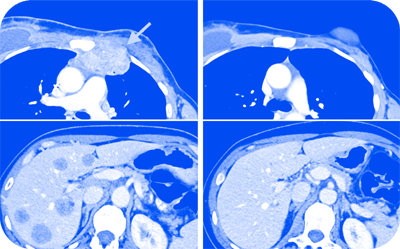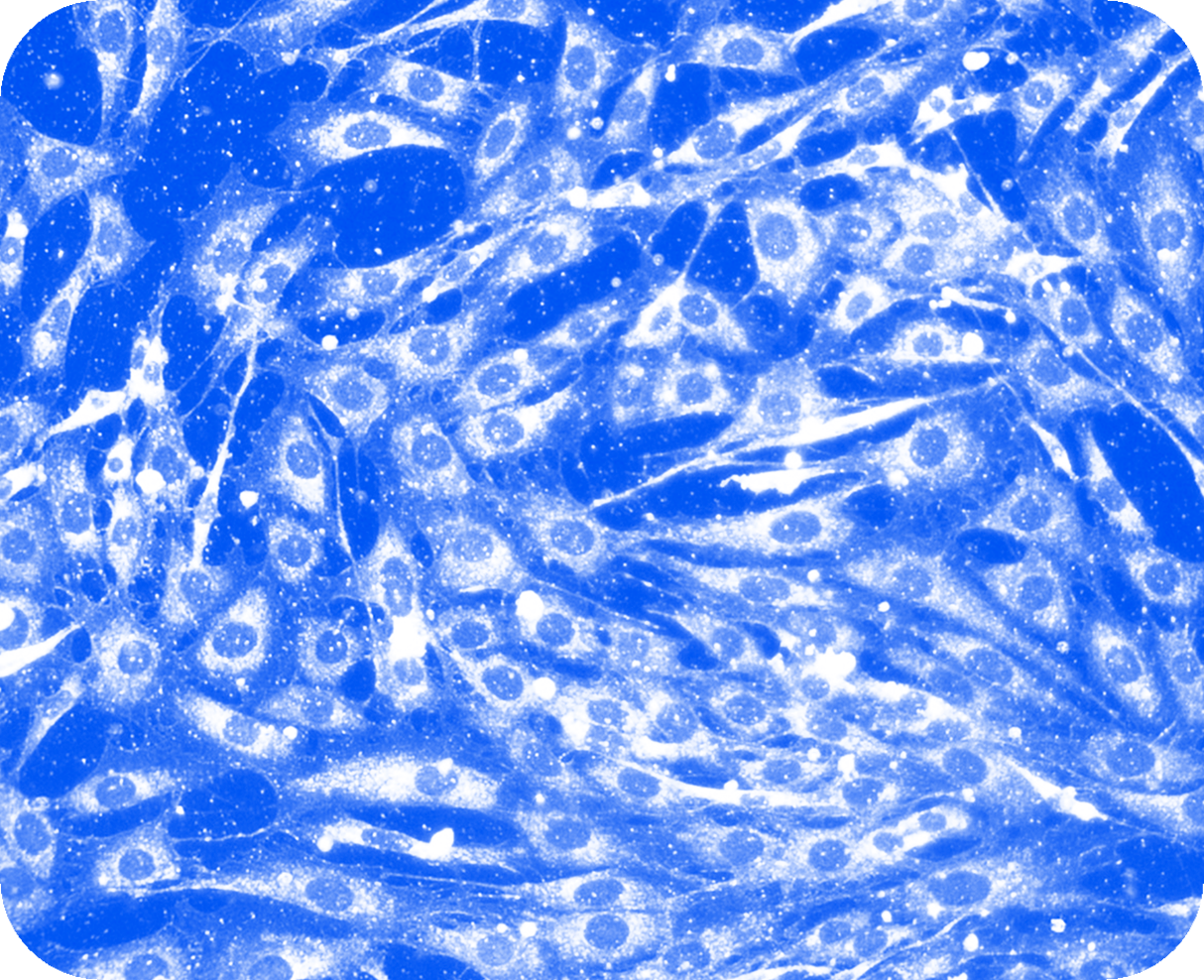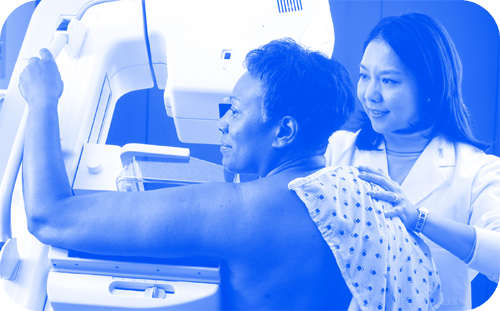These two documents are considered to be some of the oldest and most well-preserved medical texts in existence. Both texts describe case studies where tumors are removed by surgeries, though the Edwin Smith Papyrus notes that there is no treatment for the underlying disease.
Medical pioneers start to hypothesize that cancer was actually caused by a chemical process in the body gone awry – and doctors start to use the scientific method to research cancer, basing their findings on observation rather than cultural or religious precepts. Surgery, rather than blood-letting, becomes the principal method of treating cancer. Researchers also start to suspect that cancer can be caused by environmental factors, such as occupation and social class.
Around the same time, other researchers started to realize that radiation can detect tumors and shrink them as well, leading to the birth of radiotherapy to treat cancers like malignant epithelioma. Not long after that, however, the earliest pioneers of x-ray imaging start to lose limbs, develop skin cancers, and die due to metastatic carcinomas caused by radiation exposure. It's not for another several decades that a causal relationship between radiation and cancer is definitively established.
Papanicolaou was the first to identify cancerous cells in the vaginal secretions of his patients, under the microscope. Using this knowledge, Papanicolaou created what we know today as the “pap smear,” to identify and classify cancers of the uterus, vagina, and cervix.
His protege, Dr. May Edward Chinn, helped popularize the test particularly among low-income and underserved patients in 20th century Harlem, giving birth to the concept of community-based cancer screening. In just a few short years, these advancements in screening and early detection led to a rapid decrease in cervical cancer deaths
This leads scientists to theorize that similar chemical compounds might affect cell growth. Two Yale pharmacologists named Alfred Gilman and Louis Goodman put this theory to the test by treating lymphomas in mice with a compound called nitrogen mustard. This compound significantly reduces the size of tumors in mice and also in humans – though the subjects need to keep coming back for additional treatments in order for the tumors to continue to shrink. This discovery marks the beginning of chemotherapy as we know it today.
Dr. Charles Huggins, a urologist at the University of Chicago, was one of the scientists who pioneered this discovery, revealing through his research that metastatic prostate cancer improved in some patients after the removal of their testicles. Huggins' discovery would open the floodgates for hormone therapies designed to treat breast and prostate cancers.
Dr. E Donnall Thomas, who pioneered the treatment and would later go on to win the Nobel Prize in Medicine, transfers bone marrow from a healthy baby girl to her identical twin sister with leukemia, effectively curing her. Bone marrow transplants (also known as stem cell transplants) become the standard of care in treating certain types of cancers, such as leukemia, multiple myeloma, and lymphomas.
a treatment that harnesses the power of the body's immune system to help kill cancer cells. Originally developed as a vaccine for tuberculosis, bacterium Mycobacterium bovis (BCG), is a standard of care in early-stage, non-muscle invasive bladder cancer when injected into the bladder. Once injected, the bacterium can infect some cancer cells and stimulate the immune system to help find and destroy other cancer cells in the bladder. This revolutionary treatment has laid the foundation for the evolution of immunotherapy for cancer treatment.

























